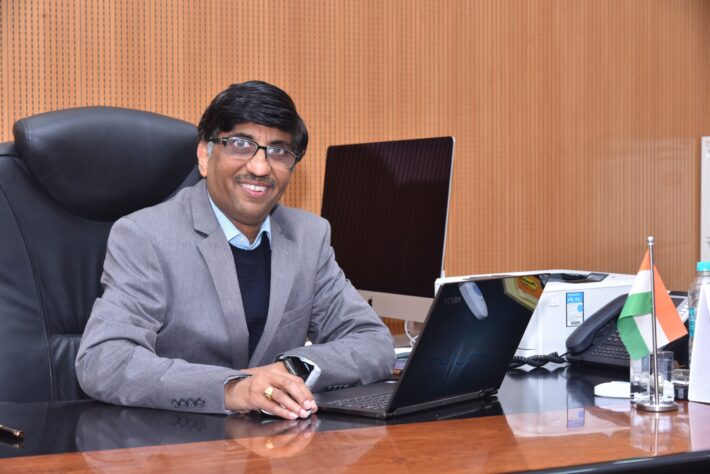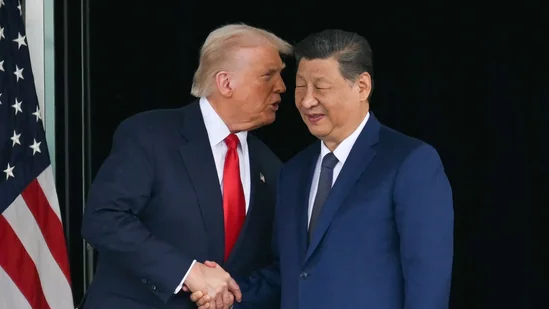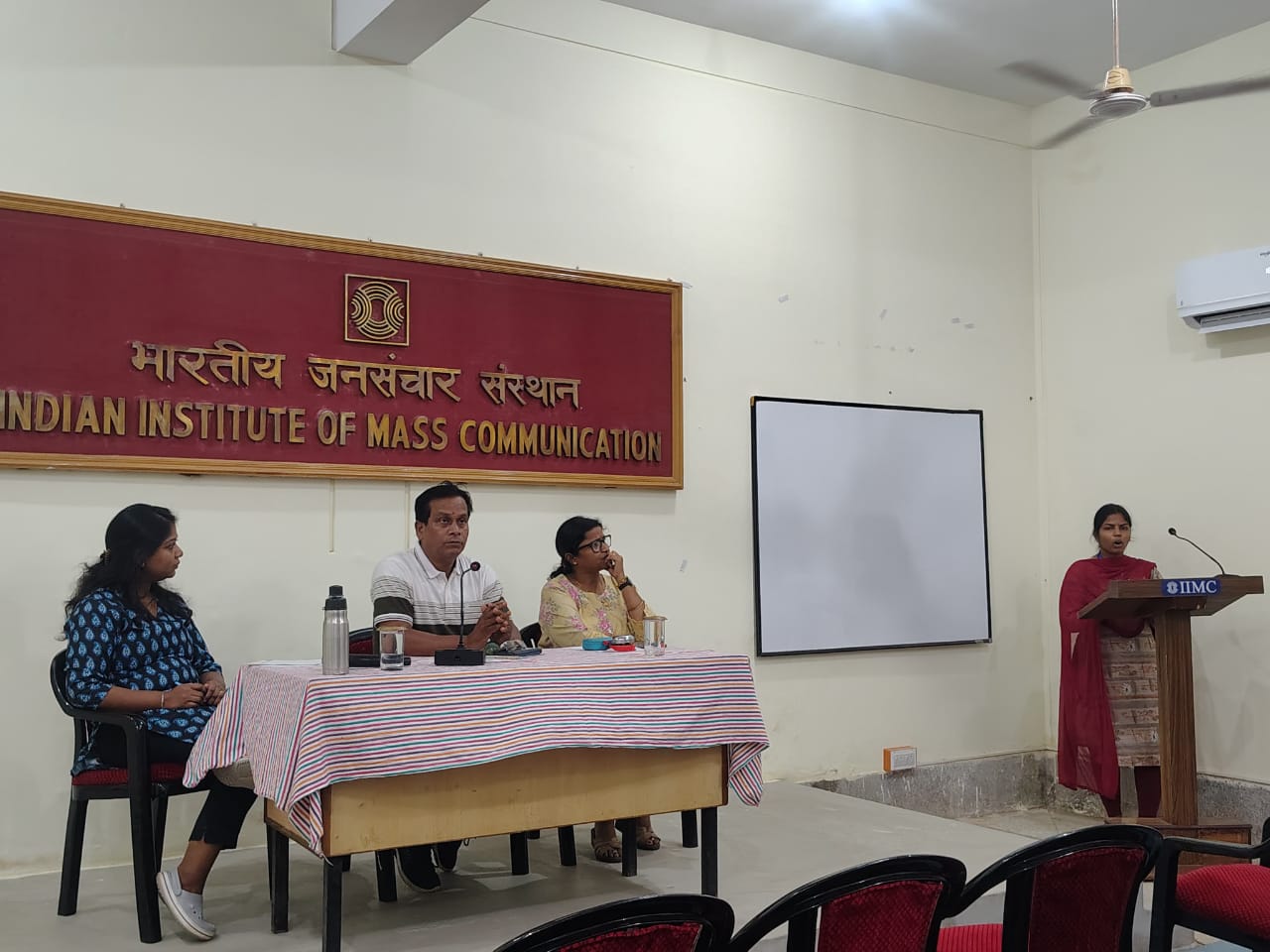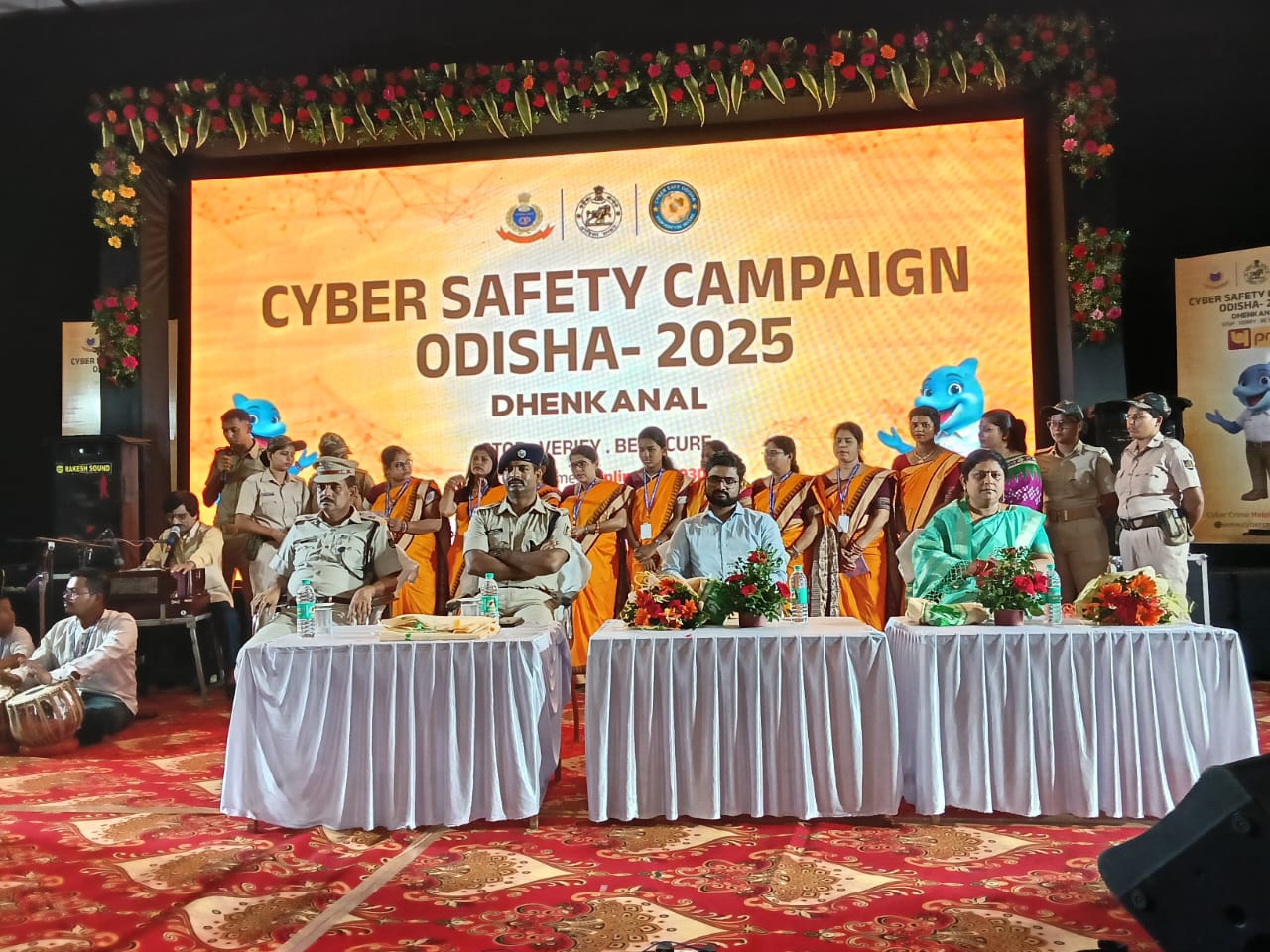India’s contribution to the massive increase in global data volume since the advent of mobile communication has been enormous. According to Science and Technology Secretary Abhay Karandikar, India’s share of the total data generated by standard mobile communication could reach one third or higher by 2030. At the Indian Mobile Congress (IMC), he was giving a speech.
We will have a range of access devices, heterogeneous radio access technologies, and a variety of use cases, ranging from very high to very low data rates, from very strict latency environments to latency tolerant applications. India’s diversity will serve as a helpful test ground for devices connected via satellite, Wi-Fi, drones, IoT, terrestrial networks, and sensors in addition to cellular mobile communications. In Karandikar’s words.
He did, however, note that India still has a ways to go in terms of standardization research and patent filing.
“Also, a significant amount of work needs to be done in the core network itself. Core network will present huge scalability challenges and to overcome this, an efficient heterogeneous radio access tec hnology which can help pumping in large volumes of data to the core networks would be very useful,” he said.
According to Karandikar, India has everything it needs to become a leader in mobile network technologies, including its own 5G technology, a strong and devoted team of academic researchers, industry players, and start-ups.
- A company based in the United States has disclosed its intention to establish a manufacturing facility for silicon carbide in Odisha.
- Jindal Steel And Power Wins Kasia Iron Block In Odisha
- Center Issues Notice To Amazon and Flipkart For Non-Declaration Of Country Of Origin
- Weak Q1 Results By Infosys, HUL Drag Down Sensex By 800 Points





